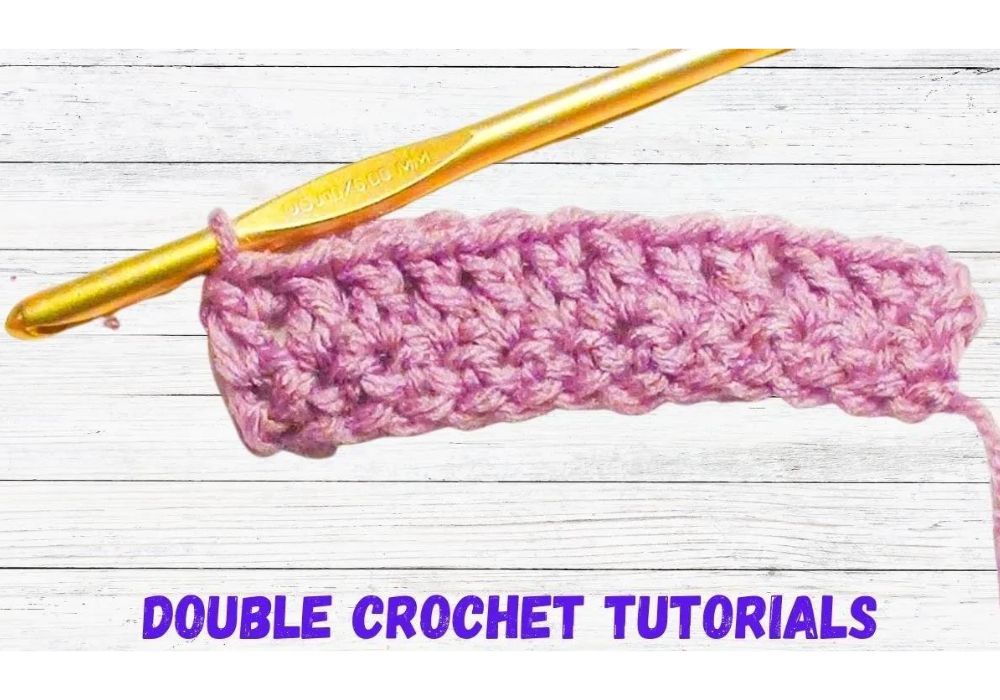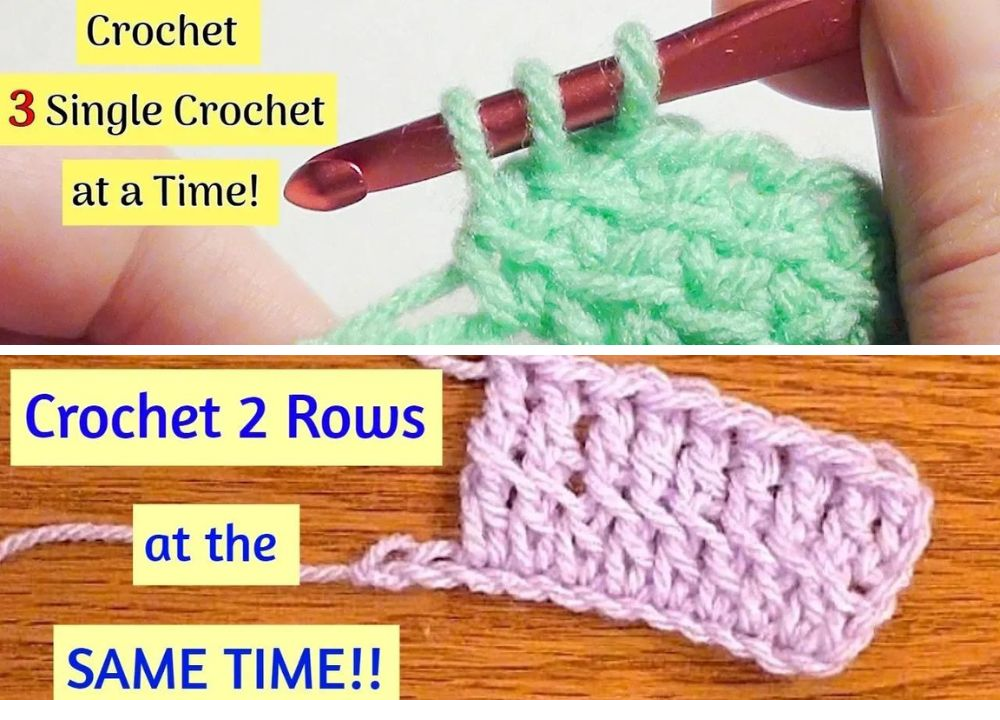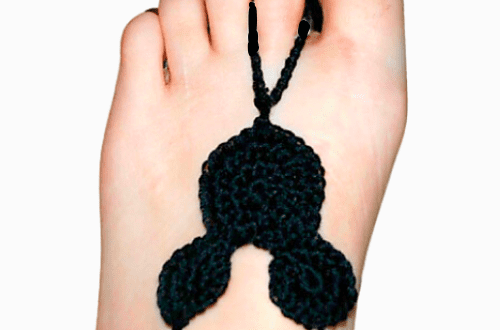
How to Double Crochet: Mastering Increase and Decrease Techniques for Perfect Crochet Projects
Crochet Increase and Decrease Techniques
Learning the art of crochet opens up a world of creativity and the ability to craft beautiful and functional items. The double crochet stands out as a versatile and commonly used technique among the fundamental stitches. This stitch forms a fabric with a nice drape, making it suitable for various projects. In this guide, we will explore the basic steps of executing a double crochet, delve into the technique of double crochet increase to add depth and dimension to your work and master the skill of double crochet decrease to shape your creations with precision.
You’ll find affiliate links within this post. If you decide to purchase through these links, I may earn a modest commission at no extra cost. Additionally, please review my privacy policy for more details.
To embark on the journey of double crochet, begin by creating a slipknot and working a foundation chain. Once your foundation chain is ready, yarn over and insert the hook into the desired stitch. Yarn over again and pull up a loop; you should now have three loops on your hook. Yarn over again and pull through the first two loops, leaving two on the hook. Finally, yarn over again and pull through the remaining two loops. Repeat these steps across the row, turning your work at the end to create a solid fabric of double crochets.
*Double Crochet Increase:*
The double crochet increase is a valuable skill for those seeking to add complexity to their crochet projects. This technique involves working multiple double crochets into the same stitch or space. Doing so increases the number of stitches in a row, contributing to a widening effect in your work. Work two or more double crochets into the designated stitch or space to execute a double crochet increase, allowing your creation to grow and take on new dimensions. This is particularly useful when crafting blankets, shawls, or garments.
*Double Crochet Decrease:*
Conversely, precision in shaping is achieved through the decrease in double crochet. This technique is essential when sculpting curves, tapering edges, or creating intricate patterns. To decrease, yarn over and insert the hook into the specified stitch, yarn over, and pull up a loop. Repeat this process in the next stitch. You should now have three loops on your hook. Yarn over and pull through the first two loops, leaving two loops on the hook. Yarn over once more and pull through the remaining two loops. By strategically incorporating double crochet decreases you can achieve a more tailored and refined appearance in your projects.
How to Crochet For Beginners Playlist — Click Here

Today, I’ll guide you through the process of working a double crochet, a fundamental stitch frequently used in various crochet projects. Let’s break down the steps to ensure a clear understanding.
**Double Crochet:**
To begin a double crochet, yarn over, insert your hook into the stitch, yarn over, grab the yarn, yarn over, pull through two loops, and yarn over again to pull through the remaining two loops. This simple technique forms the basis for many crochet projects, making it a versatile and widely employed stitch.
Now, let’s explore a variation of the double crochet: the double crochet two together (decrease), followed by the double crochet increase.
**Double Crochet Two Together (Decrease):**
For the decrease, yarn over, insert your hook into the stitch, grab the yarn, yarn over, pull through two loops, but instead of completing the full double crochet, leave two loops on the hook. Yarn over again, insert your hook into the next stitch, grab the yarn, yarn over, pull through two loops, and then yarn over once more to pull through all three loops. This creates a double crochet decrease by combining two stitches into one.
Repeat the process for another double crochet decrease, leaving two loops on the hook, inserting your hook into the next stitch, grabbing the yarn, pulling through two loops, and then pulling through all three loops.
**Double Crochet Increase:**
Now, for an increase, yarn over and work two double crochets into the same stitch. Yarn over, pull through two loops, yarn over, pull through two loops for the first double crochet, and work another double crochet in the same stitch, repeating the process. This results in two double crochets in one stitch, effectively increasing the stitch count.
Repeat this process for additional double crochet increases, ensuring two double crochets are in the same stitch each time.
Mastering the double crochet and its variations to decrease and increase expands your crochet repertoire. Whether you’re looking to create a more intricate pattern or adjust the size of your project, these techniques provide a solid foundation. Practice these steps to enhance your crochet skills and experiment with different applications in your projects.
Print the entry at the top of the page to print the pattern!
How to Crochet Cowls and Scarf Patterns — Click Here








